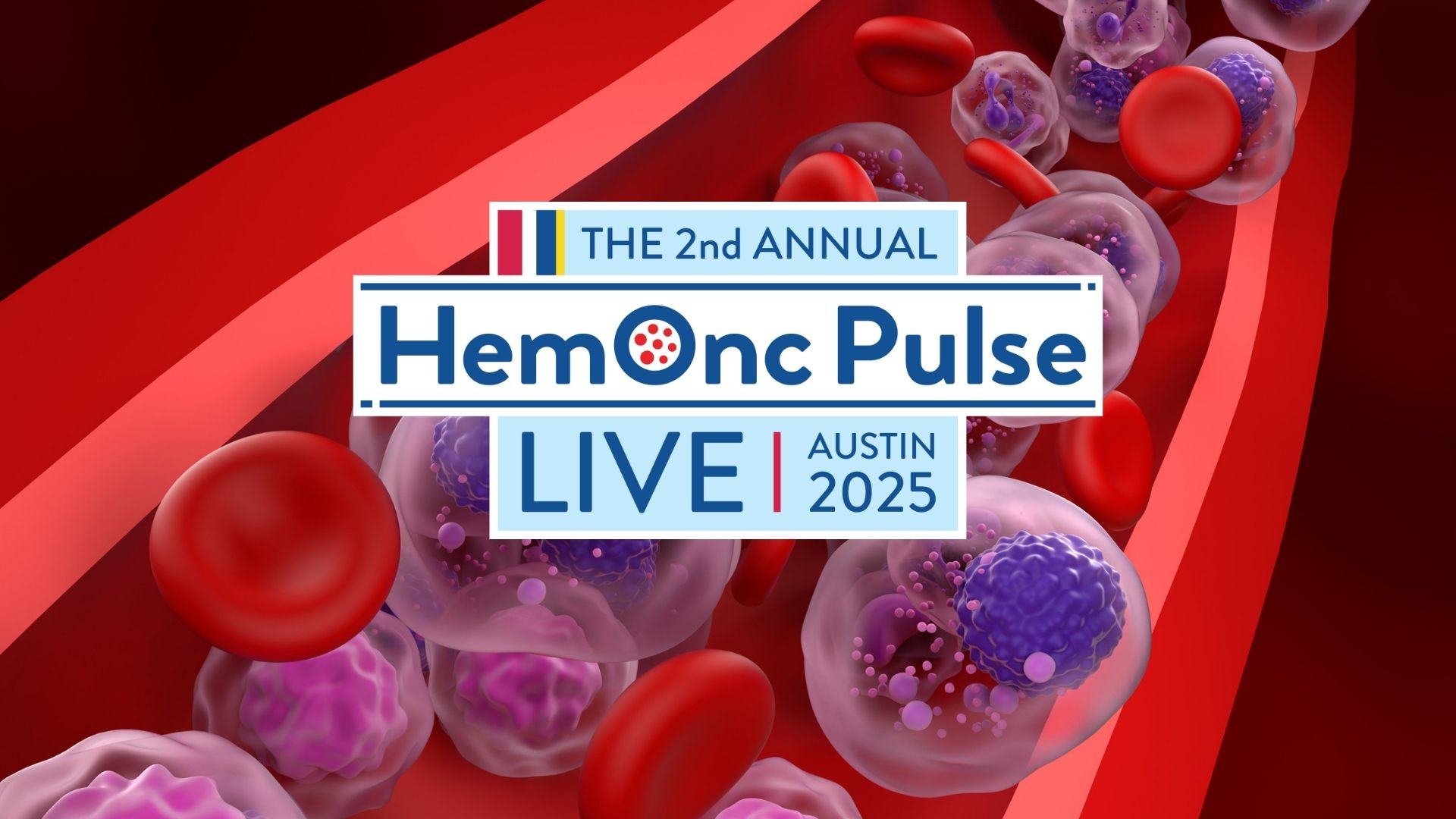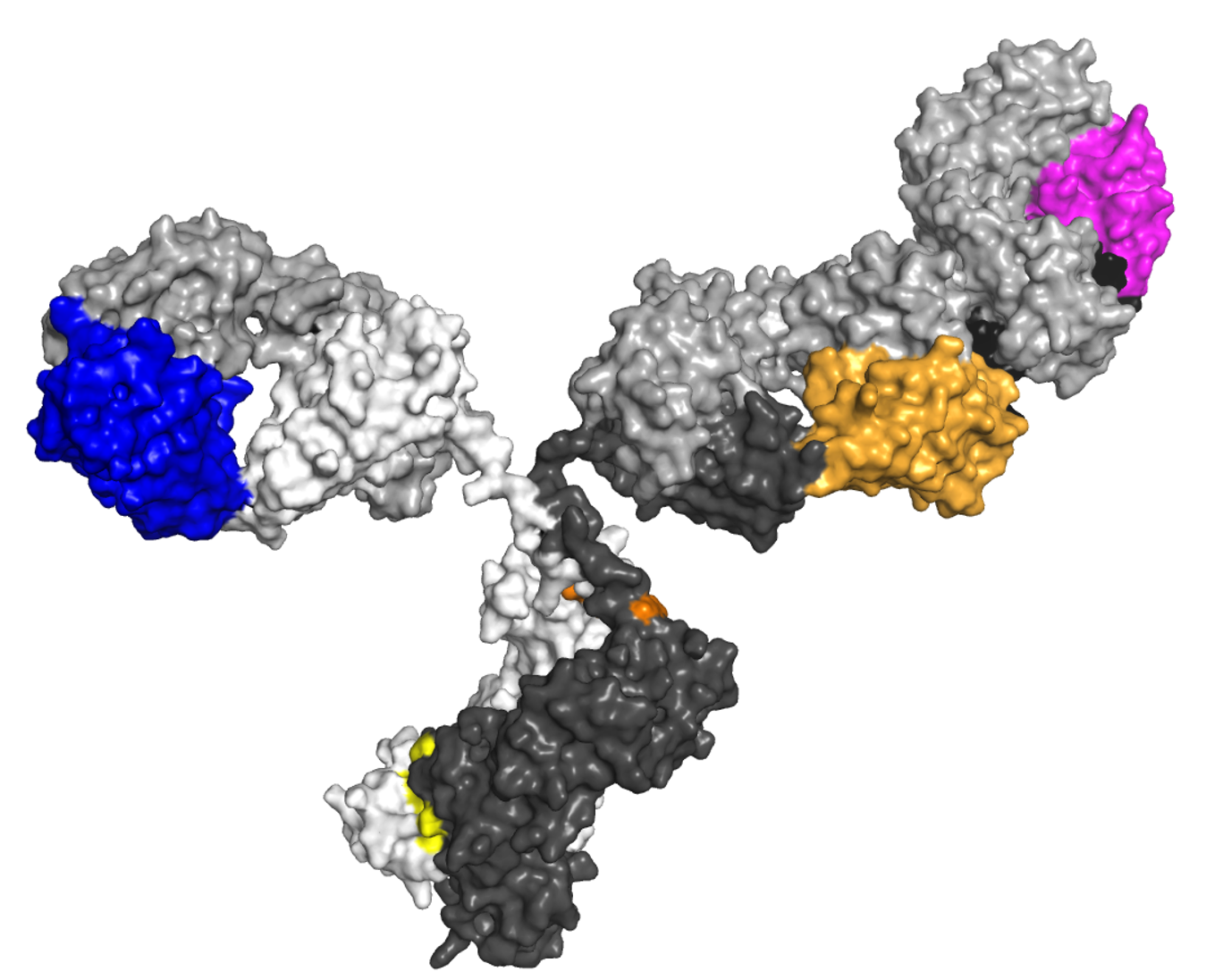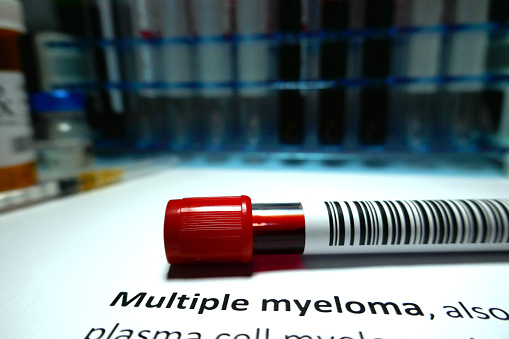Are Four-Drug Combinations the Future for Newly Diagnosed Myeloma?
By Jacob Laubach, MD, MPP - Last Updated: November 14, 2022What are the next steps for optimizing induction therapy for newly diagnosed myeloma?
There’s a tremendous amount of interest in the field in optimizing induction therapy. It’s obviously a really critical point in the treatment of a patient with multiple myeloma to set out this journey in the best possible way.
We know that regimens that are associated with a high level of deep responses typically translate into durable responses, meaning these patients are remaining in response or in remission for long periods of time, and that’s really our objective.
Ongoing follow-up of studies of patients who participate in this study has been very important up until this point. There are other clinical trials underway at the moment that are following on this one, looking at other four-drug regimens and really helping us tease out what is the optimal approach to induction therapy for patients with newly diagnosed disease who are transplant-eligible. Of course, there’s similar efforts in the field going on for patients who are not deemed to be transplant eligible
How will the findings of GRIFFIN on DARA RVd influence front-line treatment decisions for myeloma patients going forward?
This study has been quite impactful in terms of moving our field to a different place. First and foremost, I think we found that the addition of a fourth drug, in this case daratumumab, could be done safely. It’s critical for patients to know, and for us as clinicians to know, that the regimen that we’re offering is safe and we were able to conclusively demonstrate in this study that the daratumumab plus RVd (DARA RVd) regimen is a safe one.
Secondly, I think we found that daratumumab plus RVd is a more effective treatment regimen. There were a smaller percentage of patients who were refractory to treatment in the DARA RVd arm. Nearly everybody responded, whereas there was a small percentage of patients in the RVd arm who did not respond to treatment. That was a finding.
As I mentioned before, we clearly demonstrated that DARA RVd is associated with deeper responses, and we showed that DARA RVd is associated with greater duration of treatment. Based on these findings, I think the field is moving to a different place a quadruplet regimen, a four-drug regimen of daratumumab plus lenolidomide bortasmi bendexamethazone, can be considered an important standard of care.
I would not call it the only standard of care, and that’s important to emphasize. No one treatment regimen is appropriate for all patients. But this one, based on the safety of this regimen and the effectiveness we saw in this study, can be considered to be an important standard of care for this patient population.






 © 2025 Mashup Media, LLC, a Formedics Property. All Rights Reserved.
© 2025 Mashup Media, LLC, a Formedics Property. All Rights Reserved.